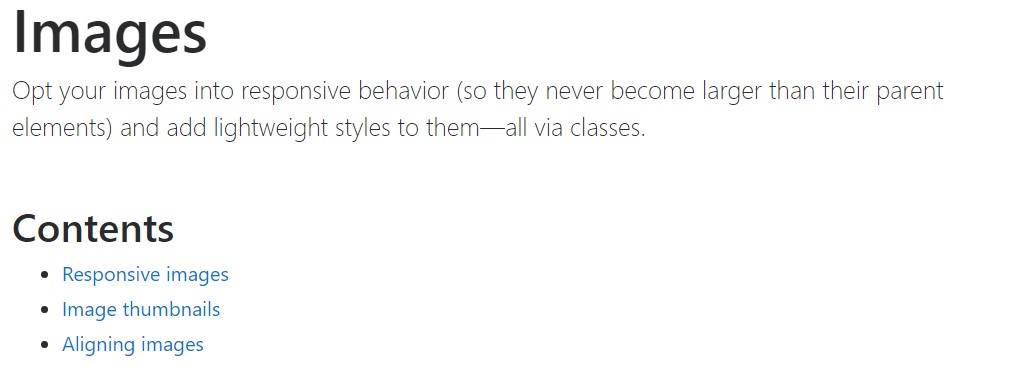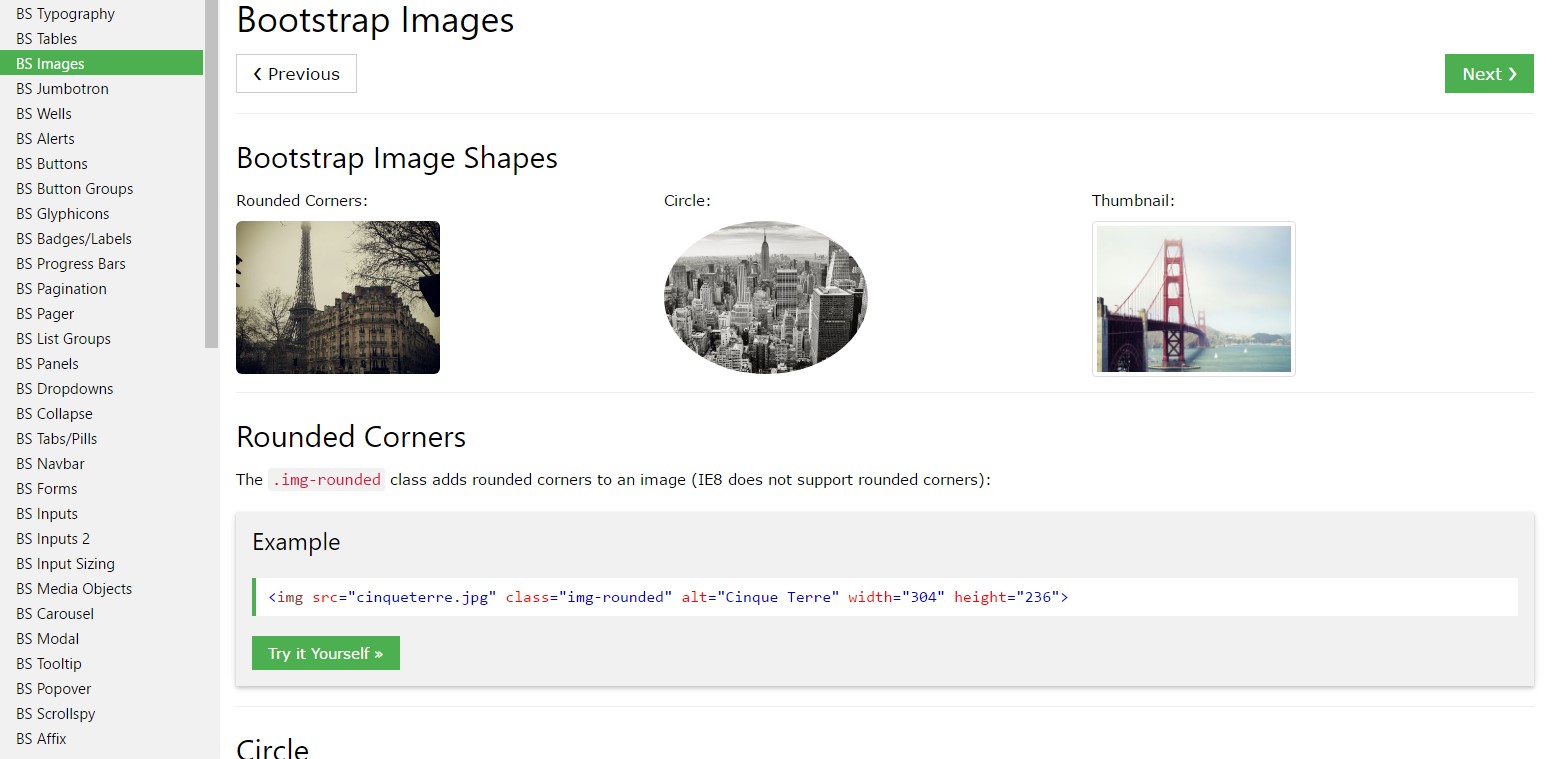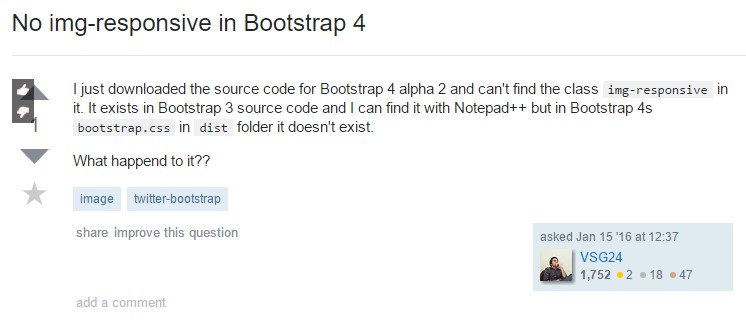Bootstrap Image Resize
Introduction
Pick your pictures in to responsive attitude ( with the purpose that they definitely not transform into larger sized than their parent features) plus add lightweight formats to all of them-- all by using classes.
No matter how great is the content present in our web pages undoubtedly we really need certain as effective pictures to back it up getting the content really glow. And since we are really in the smart phones era we also need those pics serving accordingly for them to exhibit most ideal with any kind of display screen sizing given that no one enjoys pinching and panning around to become able to really view just what a Bootstrap Image Placeholder stands up to show.
The gentlemans responsible for the Bootstrap framework are perfectly aware of that and from its start one of the most well-known responsive framework has been supplying very easy and highly effective devices for greatest appeal and responsive behaviour of our image features. Listed here is ways in which it work out in current version. ( check this out)
Differences and changes
In contrast to its predecessor Bootstrap 3 the fourth edition implements the class
.img-fluid.img-responsive.img-fluid<div class="img"><img></div>You have the ability to also use the predefined designing classes making a particular image oval along with the
.img-cicrle.img-thumbnail.img-roundedResponsive images
Pics in Bootstrap are actually created responsive using
.img-fluidmax-width: 100%;height: auto;<div class="img"><img src="..." class="img-fluid" alt="Responsive image"></div>SVG images and IE 9-10
Within Internet Explorer 9-10, SVG illustrations utilizing
.img-fluidwidth: 100% \ 9Image thumbnails
In addition to our border-radius utilities , you may use
.img-thumbnail
<div class="img"><img src="..." alt="..." class="img-thumbnail"></div>Aligning Bootstrap Image Resize
If it relates to alignment you may take advantage of a handful of very efficient tools just like the responsive float assistants, message alignment utilities and the
.m-x. autoThe responsive float tools might be chosen to install an responsive image floating right or left and also improve this positioning according to the dimensions of the present viewport.
This classes have made a number of changes-- from
.pull-left.pull-right.pull- ~ screen size ~ - left.pull- ~ screen size ~ - right.float-left.float-right.float-xs-left.float-xs-right-xs-.float- ~ screen sizes md and up ~ - lext/ rightConcentering the pictures in Bootstrap 3 used to occur utilizing the
.center-block.m-x. auto.d-blockAdjust pics using the helper float classes or text arrangement classes.
block.mx-auto
<div class="img"><img src="..." class="rounded float-left" alt="..."></div>
<div class="img"><img src="..." class="rounded float-right" alt="..."></div>
<div class="img"><img src="..." class="rounded mx-auto d-block" alt="..."></div>
<div class="text-center">
<div class="img"><img src="..." class="rounded" alt="..."></div>
</div>Additionally the text arrangement utilities could be utilized applying the
.text- ~ screen size ~-left.text- ~ screen size ~ -right.text- ~ screen size ~ - center<div class="img"><img></div>-xs-.text-centerConclusions
Primarily that's the way you have the ability to provide simply a couple of easy classes in order to get from standard images a responsive ones along with the most recent build of the best preferred framework for producing mobile friendly web pages. Right now all that is certainly left for you is getting the appropriate ones.
Review a few youtube video guide regarding Bootstrap Images:
Connected topics:
Bootstrap images authoritative information

W3schools:Bootstrap image short training

Bootstrap Image issue - no responsive.

